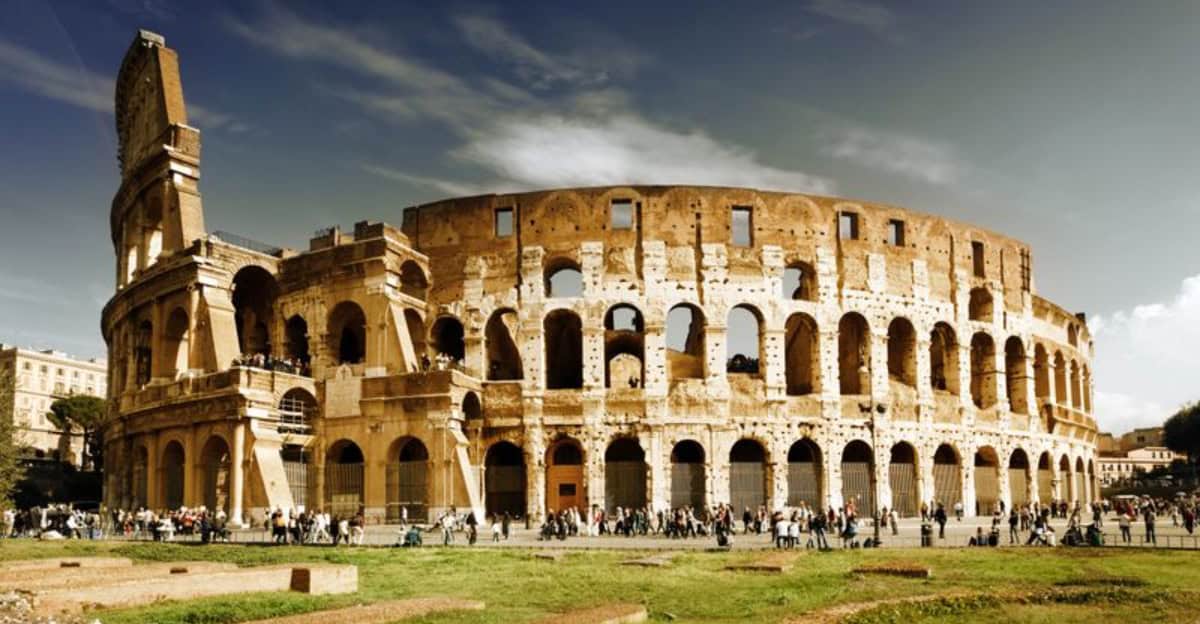In a rapidly changing world, historic buildings stand as silent witnesses to the past, narrating stories of their times.
However, many of these architectural marvels face threats from environmental changes, urban development, and neglect.
The following list explores 10 historic buildings that might not withstand the test of time. This article aims to raise awareness about the importance of preserving such landmarks.
1. The Fallingwater House
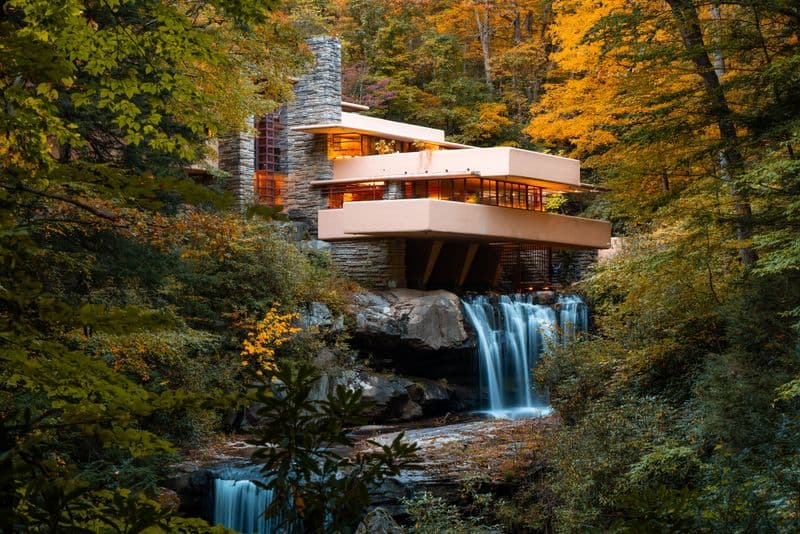
The Fallingwater House, designed by renowned architect Frank Lloyd Wright, is an icon of modern architecture. Built in the 1930s, it gracefully hovers over a waterfall in Pennsylvania’s lush wilderness.
However, its unique location poses significant challenges. Erosion and water damage are ongoing concerns, threatening the structural integrity of this masterpiece.
Preservation efforts are critical to maintain its beauty and historical value.
Visiting Fallingwater offers a peek into Wright’s genius, but future generations may only see it in photographs if actions aren’t taken soon.
Advocates for its conservation emphasize the importance of sustained funding and maintenance.
2. The Palace of Versailles
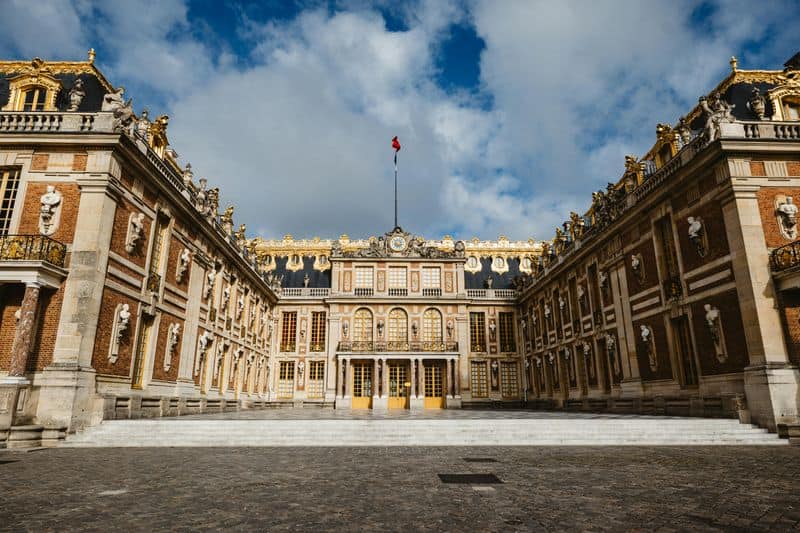
The Palace of Versailles, with its opulent halls and vast gardens, epitomizes French Baroque splendor. This UNESCO World Heritage site attracts millions, eager to glimpse its golden past.
However, climate change threatens its future. Rising temperatures and severe weather events pose risks to its structures and gardens.
Preservationists are working tirelessly to protect this symbol of absolute monarchy.
Maintaining Versailles’ beauty requires innovative solutions and international cooperation. As visitors wander through its lavish rooms, they walk in the footsteps of kings.
The palace’s legacy is invaluable, and action is needed to ensure it endures for posterity.
3. The Colosseum
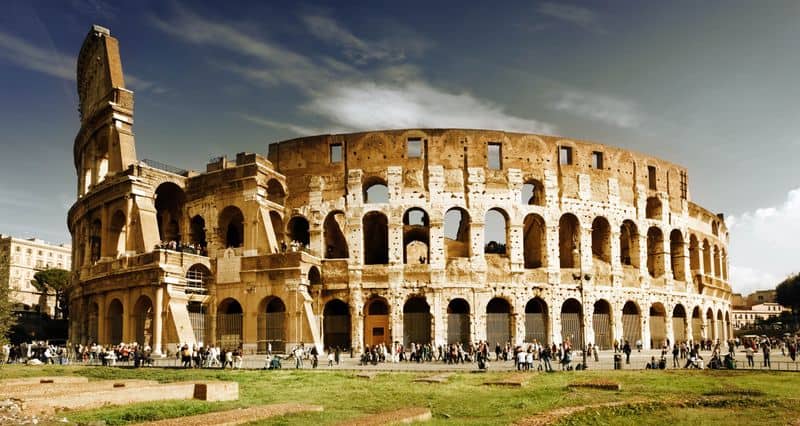
The Colosseum in Rome stands as a testament to the grandeur of ancient Roman engineering.
This iconic amphitheater has withstood centuries of wars, earthquakes, and looting. Yet, its future remains uncertain.
Pollution and constant foot traffic have accelerated its deterioration. Efforts to preserve the structure are underway, but the challenges are immense.
Visitors from around the world marvel at its history and scale. Ensuring its survival requires global awareness and support.
The Colosseum is more than a monument; it’s a symbol of human achievement that needs our protection now more than ever.
4. The Taj Mahal
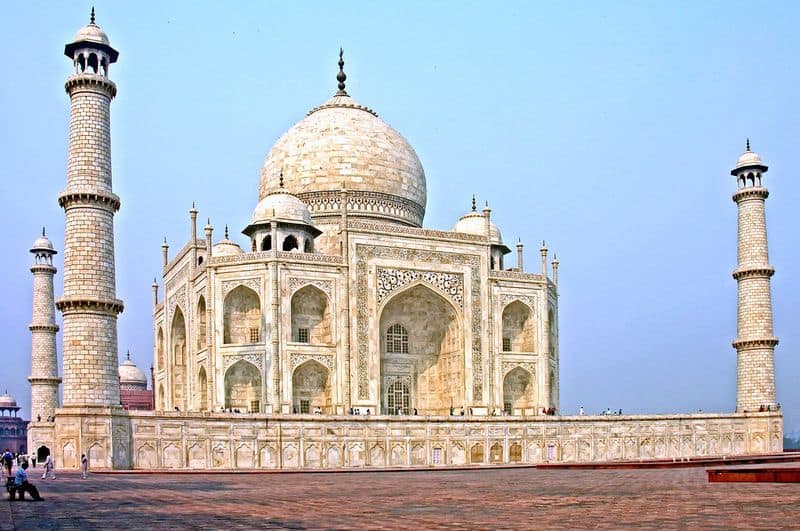
The Taj Mahal’s ethereal beauty and historical significance make it an unparalleled wonder of the world. This symbol of love, built by Mughal Emperor Shah Jahan, faces critical threats.
Air pollution and the nearby Yamuna River’s pollution are eroding its iconic white marble. Continued neglect could lead to irreversible damage.
Preservationists urge for stricter regulations and restoration projects to protect this architectural gem. Visitors are enchanted by its symmetry and craftsmanship, but its future lies in the balance.
Sustaining the Taj Mahal’s splendor demands immediate and collective action to safeguard its legacy for future generations.
5. Machu Picchu
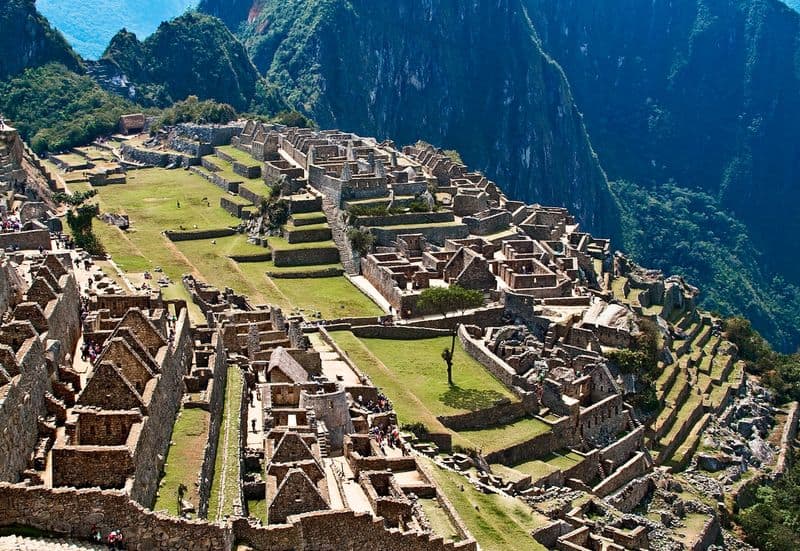
Machu Picchu, the ancient Incan citadel nestled high in the Andes, is a marvel of engineering and history. Its allure draws millions, risking the site’s preservation.
The influx of tourists and natural erosion threaten its delicate structures. Conservationists stress the need for balanced tourism and protective measures.
As hikers traverse its terraces, they connect with a lost civilization. However, without sustainable practices, Machu Picchu may not survive the test of time.
Efforts to secure its future are crucial, ensuring it remains a testament to the ingenuity of the Inca. Public awareness and action are vital for its preservation.
6. The Great Wall of China
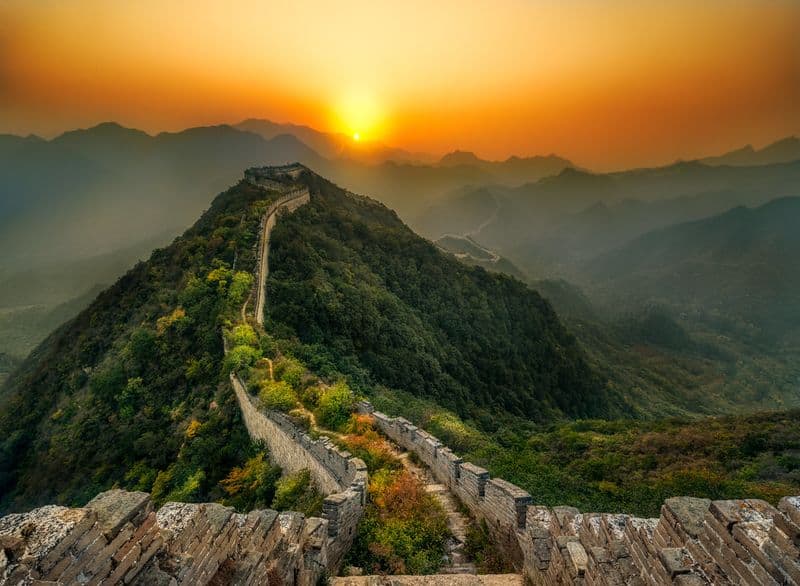
The Great Wall of China, a staggering feat of ancient engineering, stretches over rugged landscapes. Its vastness is awe-inspiring, yet vulnerability haunts its future.
Natural erosion, illegal mining, and unchecked tourism have taken their toll. Authorities and conservationists are working to balance accessibility with preservation.
Walking along its historic paths, visitors feel the weight of history. Protecting the Great Wall requires global cooperation and innovative conservation strategies.
It’s more than a defense structure; it’s a symbol of human perseverance. The challenge lies in ensuring it remains for future generations to explore and appreciate.
7. The Sagrada Familia
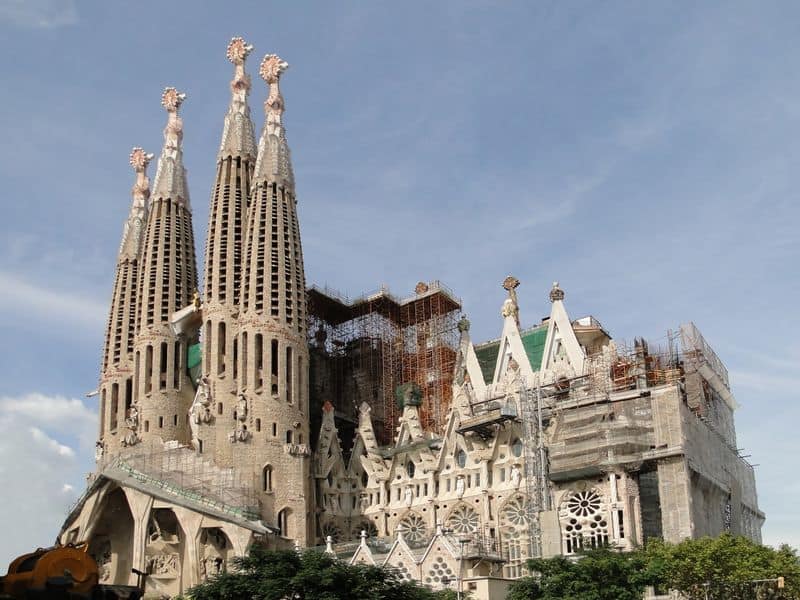
The Sagrada Familia in Barcelona, a masterpiece of architect Antoni Gaudí, stands as an emblem of modernist architecture. Despite being unfinished, its intricate design captivates millions.
However, urban development and funding challenges threaten its completion. Ensuring its future requires innovative solutions and continued public interest.
Visitors are mesmerized by its towers and stained glass, immersing in Gaudí’s vision. The Sagrada Familia’s journey mirrors Barcelona’s cultural evolution.
Its preservation is symbolic of the city’s resilience and creativity, needing sustained efforts to reach its full potential and grace the skyline for generations to come.
8. The Notre-Dame Cathedral
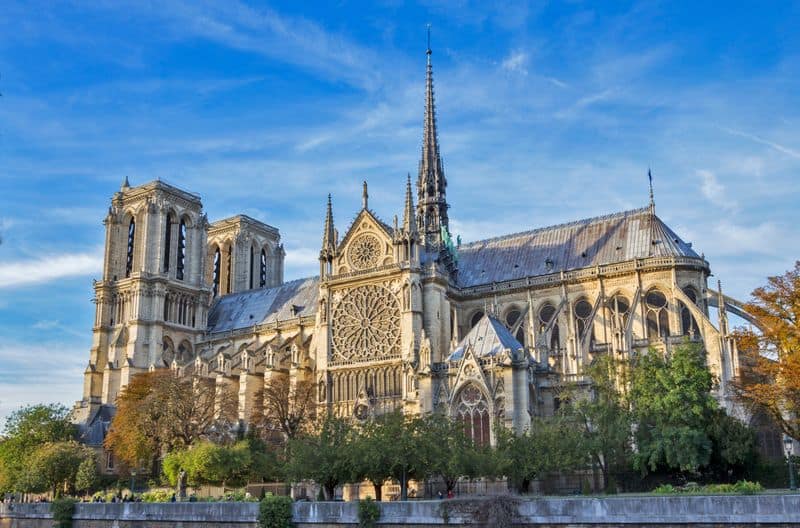
The Notre-Dame Cathedral in Paris, with its majestic Gothic facade, is a symbol of French heritage. The 2019 fire devastated its structure, sparking worldwide concern.
Reconstruction efforts are underway, but challenges remain. Preserving its essence while incorporating modern safety measures is vital.
As visitors admire its rose windows and flying buttresses, they reflect on its resilience. The cathedral’s preservation is a global responsibility, ensuring it continues to inspire awe.
Notre-Dame is more than a religious site; it’s a cultural icon that embodies the spirit of Paris, deserving of meticulous care and attention.
9. The Pyramids of Giza
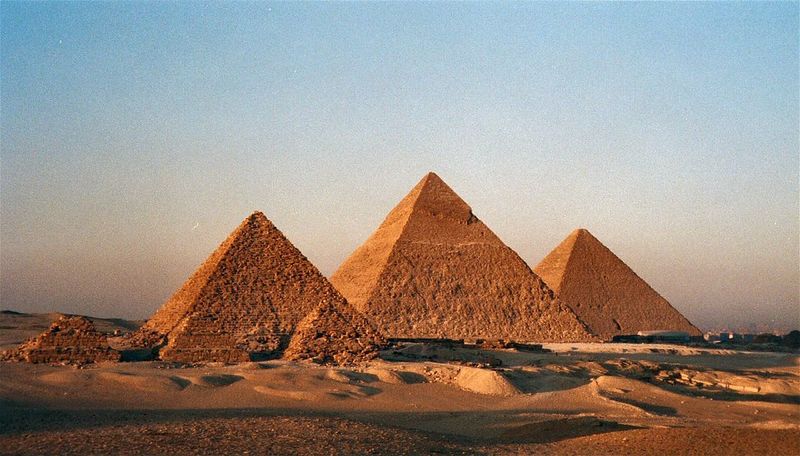
The Pyramids of Giza, standing proudly on Egypt’s desert sands, are ancient wonders that continue to fascinate. Yet, their future is fraught with challenges.
Urban encroachment and pollution threaten their preservation, demanding urgent attention. Conservationists advocate for protective measures to safeguard these symbols of ancient civilization.
Explorers are drawn to their enigmatic history and monumental scale. The pyramids’ preservation is crucial, connecting us to the ingenuity of early architects.
Meeting these challenges requires global cooperation and innovative strategies, ensuring the pyramids remain as enduring symbols of Egypt’s rich heritage for generations to come.
10. The Sydney Opera House
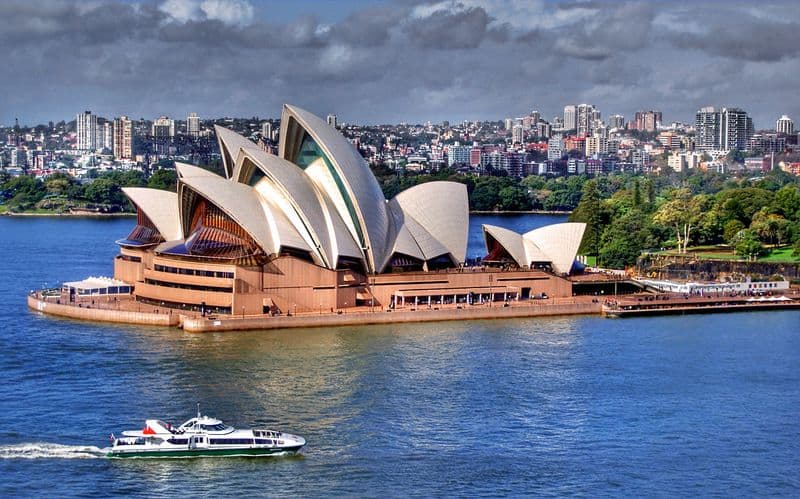
The Sydney Opera House, with its iconic sail-like structure, is a beacon of modern architectural design. Positioned at the heart of Sydney Harbour, it faces environmental challenges.
Rising sea levels and climate change pose significant risks to its foundations. Preservationists emphasize the importance of proactive measures to protect this cultural landmark.
Visitors are enchanted by its unique silhouette and acoustic wonders. The opera house symbolizes Australia’s innovative spirit, requiring ongoing efforts to safeguard its future.
Embracing sustainable practices and international support is vital to ensure it continues to inspire artists and audiences worldwide.

